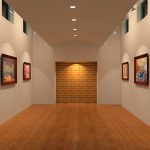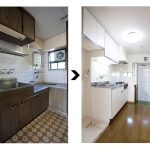Replacing an existing hydraulic cylinder is often not as simple as going online and ordering a stock inventory model. Many types of applications for these cylinders use custom-designed cylinders, which mean they have to be ordered from a company with the ability to design and construct a telescopic cylinder to specific requirements.
These cylinders are used on a lot of different types of equipment including construction equipment, dump trucks, lifting equipment and equipment used to extend over a greater distance. Think of a dump truck as a good example of the benefits of a telescoping cylinder. The front of the box of the truck can be fully extended to allow the contents of the box to slide out, and then the entire extended rod fits into itself to allow the box to go back to the horizontal position.
Basic Terminology
There are several different terms used to describe the parts of a telescopic cylinder. Understanding these terms will be essential when placing an order for a replacement cylinder or when determining the correct size of a cylinder for a new piece of equipment.
- Main – this is the base component of the telescoping system that is the largest in diameter. All the other parts of the telescope fit into this when retracted. This will also be the first part of the cylinder to move on the extension and the last part to move on the retraction.
- Stage – these are the progressively smaller tubes that make up the telescoping rod. There are typically six or fewer stages, and the last one is the smallest and is known as the plunger.
- Port – this is the component that allows the hydraulic fluid to enter and leave the cylinder to provide the pressure to extend the cylinder. The fluid moves out to allow gravity to retract the cylinder.
- Bearings – bearings are used to create support for the stages as they extend and retract. Bearings are also important in providing structural strength to the telescoping stages and determine how much overlap is required at each stage to prevent bending or buckling under load.
- Seals – seals are used between the telescoping stages to seal the inside diameter of the stage with the outside diameter of the smaller stage that nestles inside. There are other seals in the telescopic cylinder including on the piston as well as the upper end of the cylinder.
Different considerations go into the design of any telescoping cylinder. Working carefully with a custom cylinder company will allow you to get the right cylinder for your needs.





